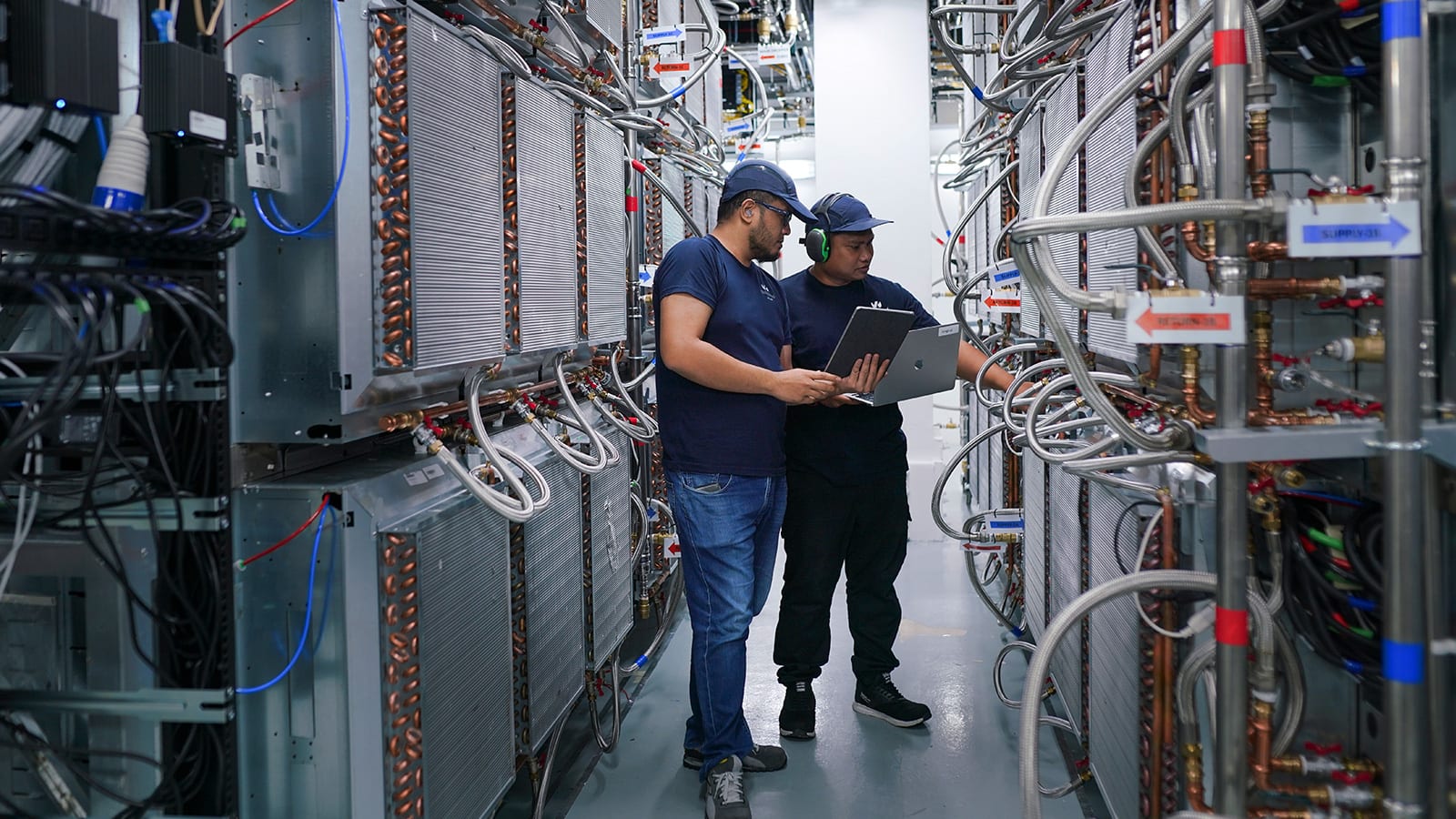Asia-Pacific is witnessing a digital transformation driven by the rapid adoption of cutting-edge technologies, such as cloud computing, artificial intelligence (AI) and big data analytics. The region’s insatiable demand for digital services — from virtual platforms to advanced AI solutions — has spurred an unprecedented expansion of data centres. Countries like Singapore, India and Australia have emerged as key hubs, with new facilities continuously being developed to meet this escalating demand.
However, the proliferation of data centres comes with a significant environmental cost, making sustainability a critical priority for the industry. Data centres are notorious for their high energy consumption and heat generation, often leading to substantial carbon emissions.
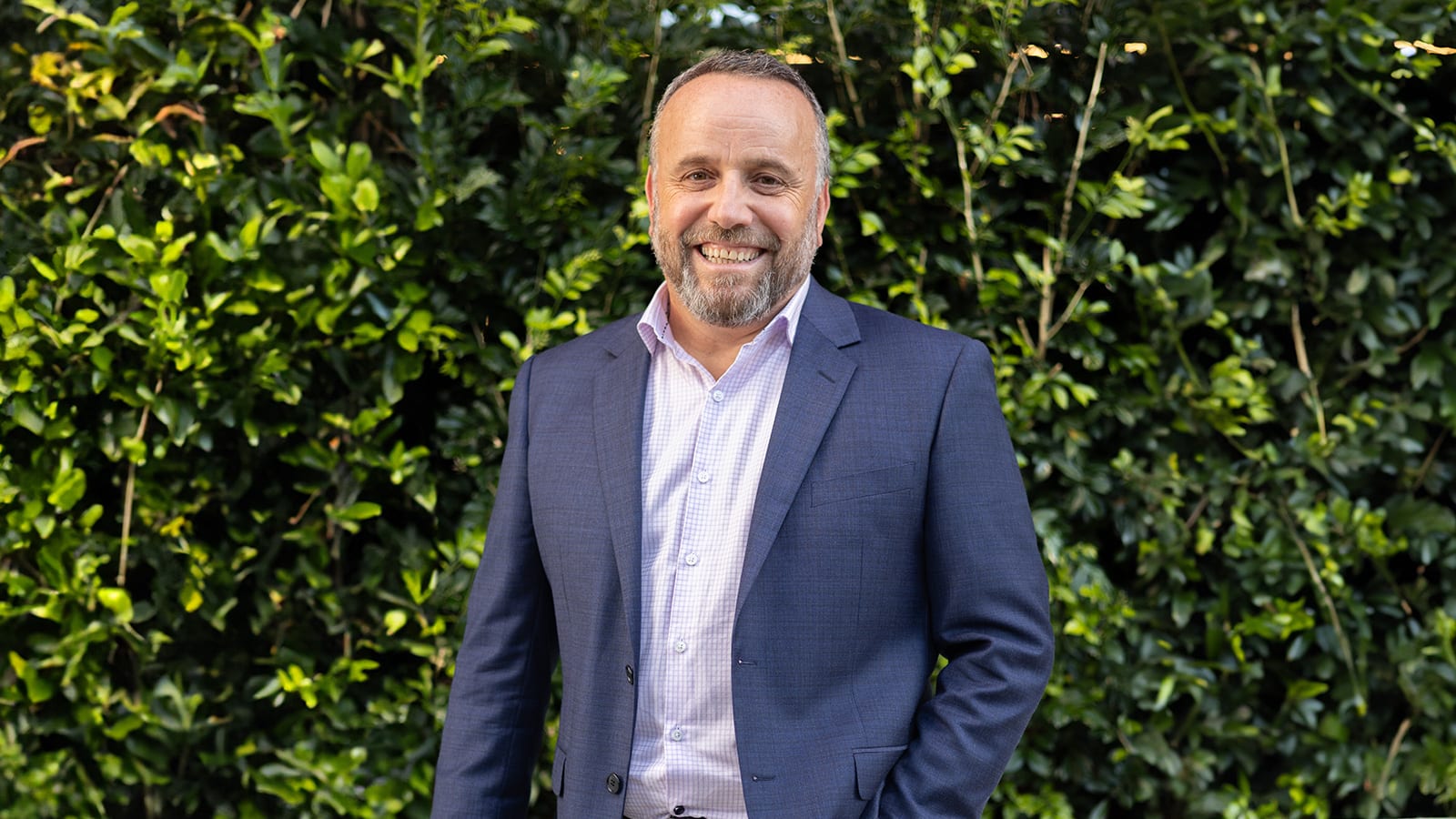
ASIA-PACIFIC’S DIGITAL GROWTH AND DATA CENTRE EXPANSION
Singapore, with its strategic location, robust connectivity and favourable business environment, has established itself as a leading data centre hub in Asia-Pacific. The nation’s commitment to becoming a global digital leader has attracted numerous tech giants and cloud service providers to establish their data centres within its borders. Concurrently, the Singapore government has been proactive in promoting sustainability, implementing policies that mandate energy-efficient construction of new data centres.
The launch of OVHcloud’s data centre in Singapore exemplifies this commitment, integrating advanced sustainable technologies to meet the growing demands of the digital economy.
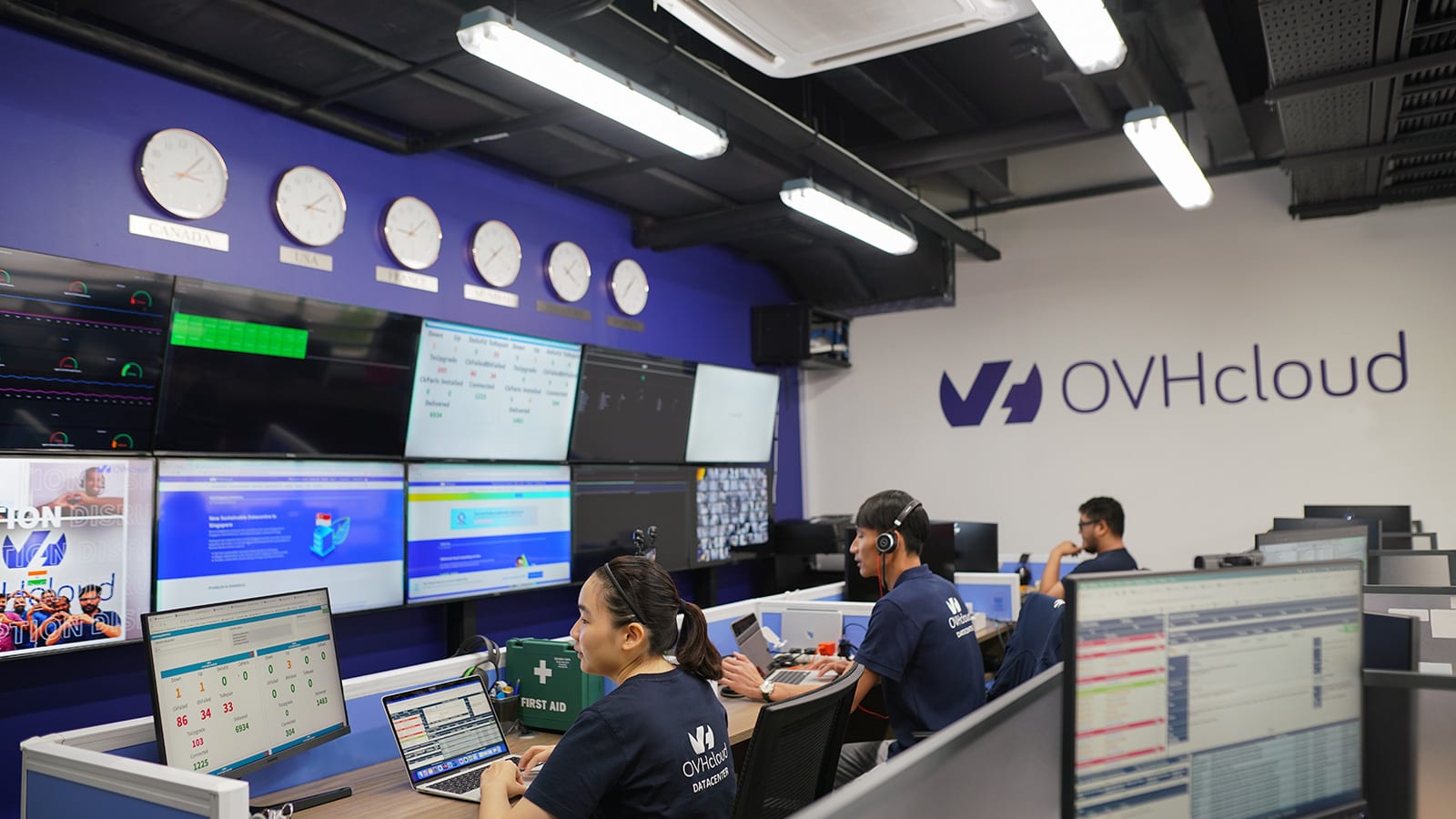
The centre also features some of the company’s latest innovations, including dedicated High Grade Bare Metal servers aimed at demanding, mission-critical and sensitive workloads, as well as high-performance Scale servers, which deliver tremendous compute power for the processing and analysis of large sets of data in real time.
“With our latest data centre in Singapore, we are bringing in our advanced range of servers offering powerful, high-efficient and unparalleled performance to cater to the increasing demands of local businesses,” said Mr Terry Maiolo, Vice President-General Manager Asia Pacific, OVHcloud.
Similarly, India is witnessing a significant rise in data centre investments, driven by its large population, increasing internet usage and the digitalisation of its economy. The Indian government’s Digital India initiative, which aims to transform the country into a digitally empowered society, has further accelerated the growth of data centres. Mumbai, as one of the primary data centre locations, has seen several new facilities being developed to cater to this rising demand.
Meanwhile, Australia, with its stable economy and advanced infrastructure, has also emerged as a crucial player in the Asia-Pacific data centre market. Sydney, in particular, has become a focal point for data centre developments, supported by its strong network infrastructure. These developments underscore Australia’s growing importance as a strategic location for data centre operations in the region.
SINGAPORE’S GREEN DATA CENTRE ROADMAP:
The Infocomm Media Development Authority (IMDA)’s Green Data Centre Roadmap outlines plans to partner the industry to continue enhancing sustainability for data centres in two areas:
-
Improving energy efficiency by deploying energy-efficient IT equipment and optimising operation of servers.
-
Accelerating data centres’ use of low-carbon energy sources such as bioenergy, photovoltaics, fuel cells with carbon capture, and low-carbon hydrogen.
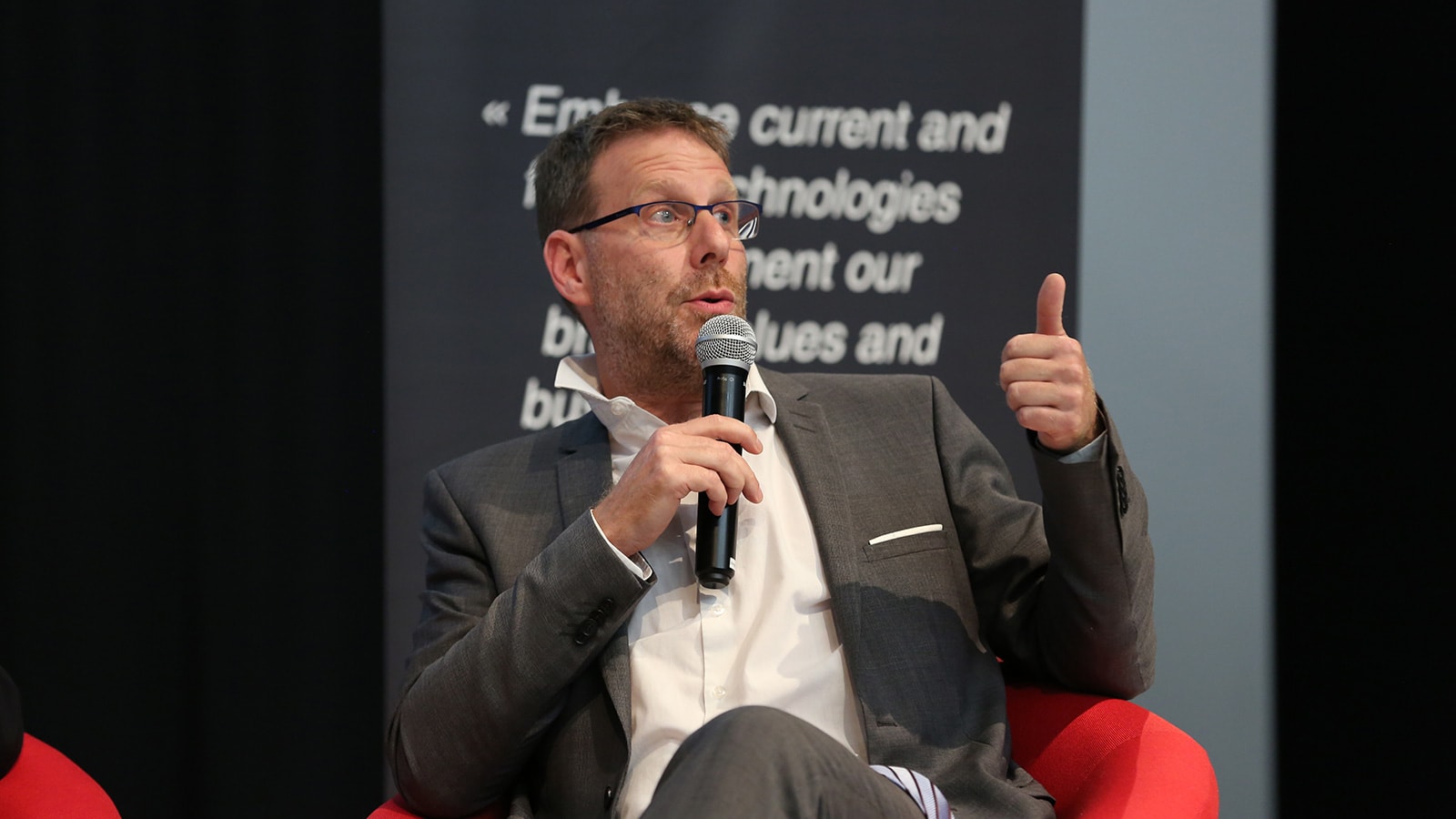
THE WATER-COOLING ADVANTAGE
As Asia-Pacific scales its digital infrastructure, the region faces the dual challenge of supporting digital growth while mitigating environmental impact. Both governments and businesses are increasingly prioritising green initiatives to align with global sustainability goals and regional commitments to resource efficiency. For example, Singapore has introduced guidelines for new data centres, requiring them to meet stringent energy-efficiency standards.
“Sustainability in data centre operations is no longer a mere add-on, but a core criterion alongside performance, price and scalability,” said Mr Maiolo. “Some organisations even prioritise sustainability above these traditional metrics. This shift reflects a growing awareness of environmental impact and a desire to align with corporate social responsibility goals.”
OVHcloud has been at the forefront of sustainable data centre innovation. Recognising the need to balance growth with environmental responsibility, the global cloud service provider has implemented a range of eco-friendly technologies, with its proprietary water-cooling system being the most notable.
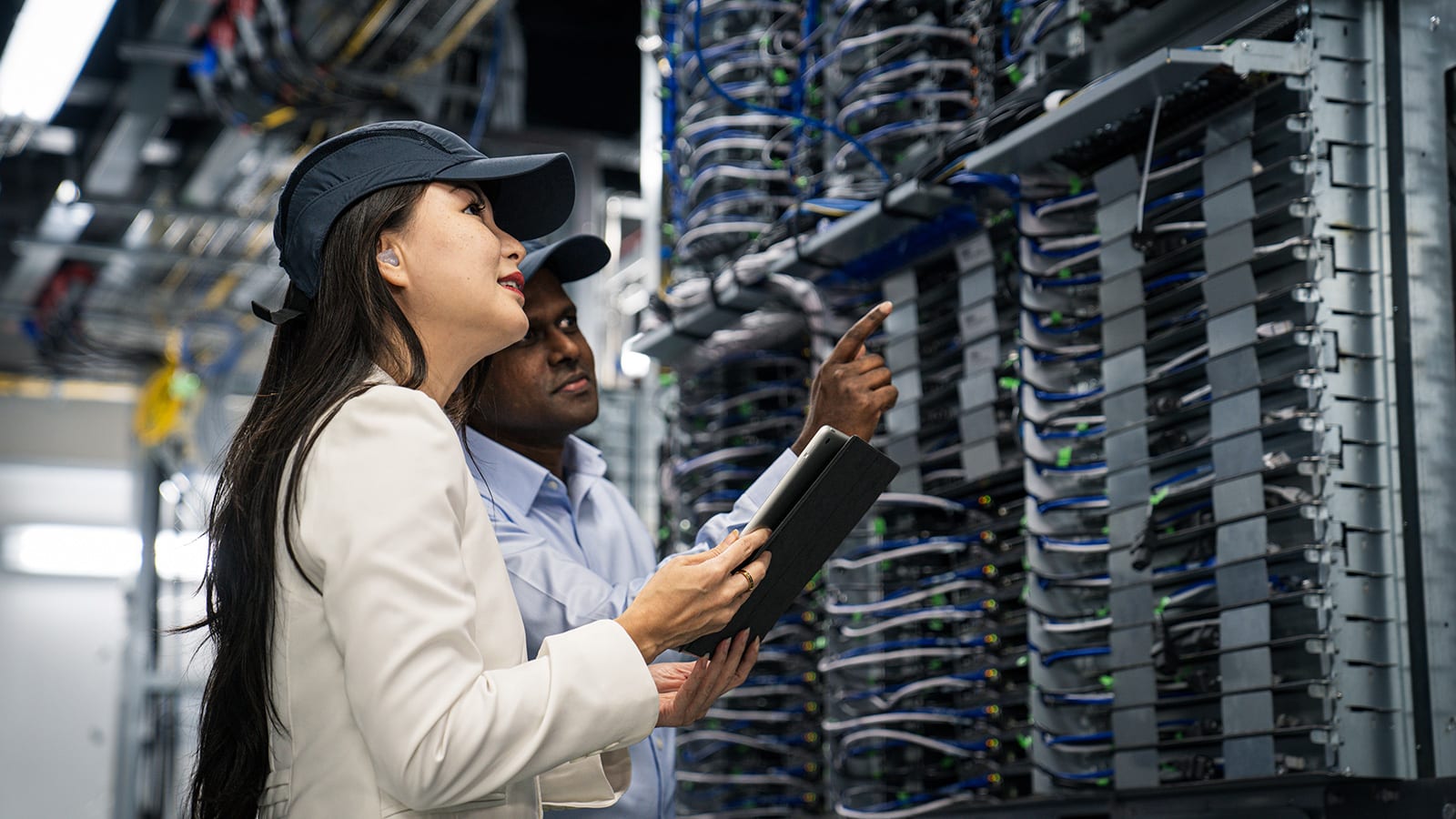
“OVHcloud’s data centre in Singapore employs our proprietary water-cooling technology that we have been refining and using at scale for over two decades. Running in a closed loop system, our technology eliminates the need for energy-intensive air-conditioning that wastefully cools the air in the entire room,” said Mr Gregory Lebourg, Global Environmental Director, OVHcloud.
Traditional data centres heavily rely on air-conditioning to cool entire rooms, a method that is both energy-intensive and inefficient. In contrast, OVHcloud’s water-cooling technology targets individual servers, drastically reducing energy consumption. This system operates in a closed loop, ensuring that water is reused rather than wasted. By eliminating the need for air-conditioning, OVHcloud achieves an optimal Power Usage Effectiveness (PUE) of 1.26, significantly lower than the industry average of 1.56. This metric underscores the energy efficiency of OVHcloud’s data centres, demonstrating the effectiveness of their cooling technology in reducing energy consumption and, consequently, carbon emissions. Furthermore, OVHcloud’s Water Usage Effectiveness (WUE) stands at 0.37 litres per kilowatt-hour (l/kWh), significantly below the industry average of 1.8 l/kWh.


CIRCULAR SUSTAINABILITY
OVHcloud’s commitment to sustainability extends beyond innovative cooling technologies. The company operates on a vertically integrated model, which involves manufacturing its own servers and managing their lifecycle, from assembly to recycling. Once these servers reach the end of their lifecycle, they are disassembled, and their components are either reused or recycled. This process significantly reduces the environmental impact associated with electronic waste and aligns with OVHcloud’s goal of achieving zero waste to landfill by 2025.
OVHcloud’s integrated model and circular approach also give the company better control over its value chain, enabling it to optimise the lifespan of its components. “Our sustainability approach encompasses more than energy consumption. We prioritise factors such as material selection, manufacturing processes, technology efficiency, and repurposing. A controlled circular economy through optimised supply chains and strategic partnerships should be the key objective,” explained Mr Lebourg.

SCALING THE GREEN TECH REVOLUTION
In line with its sustainability goals, OVHcloud has expanded its footprint in Asia-Pacific, with new data centres in Singapore, Mumbai and Sydney established in the last 18 months. These facilities are designed to support the region’s growing digital economy while minimising environmental impact.
The Singapore data centre, for instance, incorporates advanced cooling and energy-efficient technologies, setting a benchmark for green data centres in the region. Similarly, the data centres in Mumbai and Sydney have been equipped with cutting-edge technologies to ensure that they operate sustainably while meeting the increasing demand for digital services.
As Asia-Pacific continues to scale its digital infrastructure, the future of data centres in the region hinges on the ability to balance digital ambitions with the imperative for sustainability. The environmental challenges posed by the proliferation of data centres are not insurmountable, but they require a concerted effort from both the public and private sectors. OVHcloud’s pioneering efforts in green data centre technologies offer a viable path forward, demonstrating that it is possible to achieve high performance and scalability without compromising on sustainability priorities.












